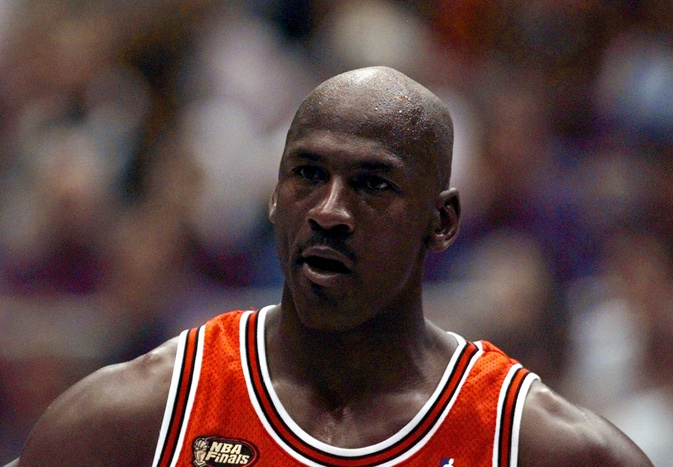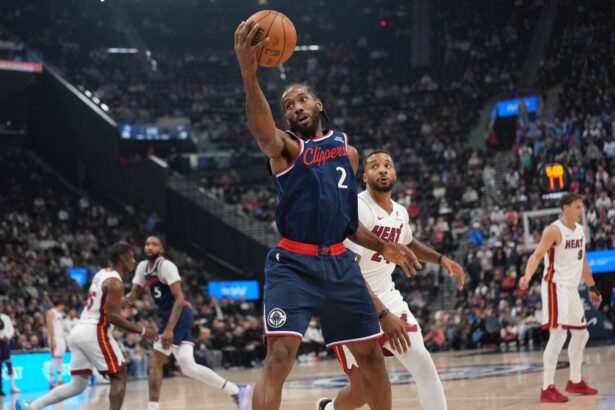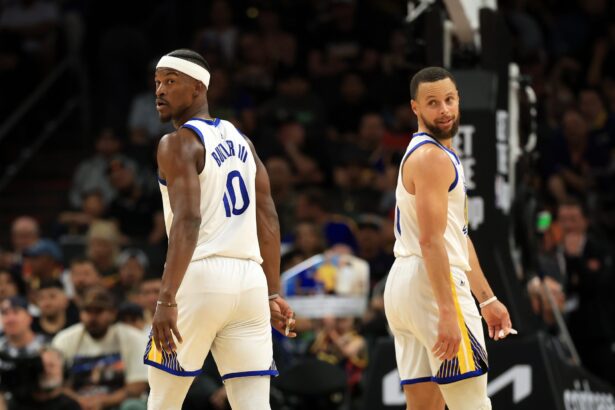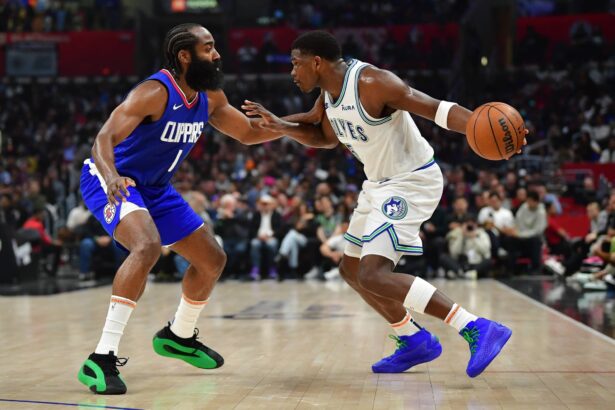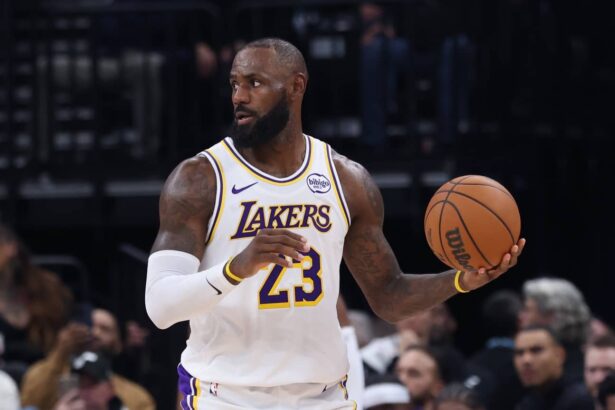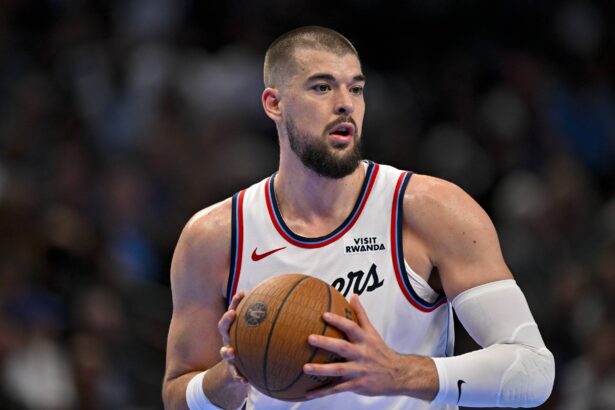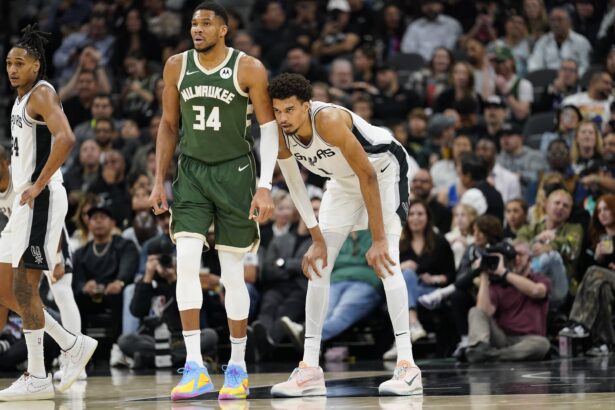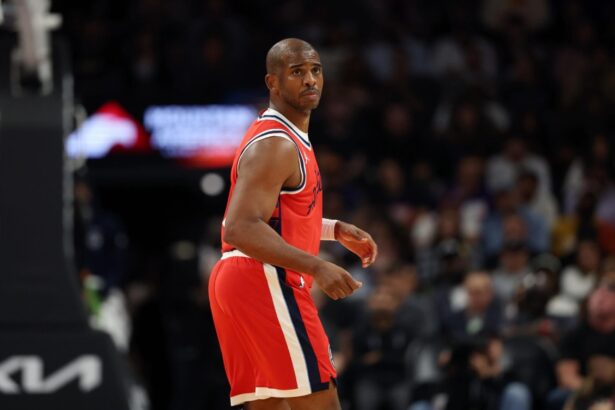In 1986, Michael Jordan provided a timeless lesson in resilience and dedication that today’s NBA stars could learn from. A well-known clip from The Last Dance reveals the tension between Jordan and Chicago Bulls management. Jerry Reinsdorf, the Bulls’ owner, recounted a conversation with team doctors.
Micahel Jordan: “I gradually worked my way up to a point where I’m playing 5 on 5 in a game and I got the confidence that the foot is completely healed and I can play on it.”
Jerry Reinsdorf: “Michael asked him, if I play, what percentage is there that I’m gonna get hurt again? Doctor said, yeah, 10%.”
Michael Jordan: “And I just lost it. I said, look, it’s a 10% chance, but it’s a 90% chance that I won’t.”
Jerry Reinsdorf: “And then I chimed into the doctors, what happens if the 10% kicks in? And they said, well, then his career would be over.”
Michael Jordan: “Well, everybody’s just thinking about the negative. Well, I think the glass is half full. Everybody thinks it’s half empty.”
Jerry Reinsdorf: “So I said to Michael, you don’t you’re not understanding the risk-reward ratio. If you had a terrible headache, and I gave you a bottle of pills and nine of the pills would cure you and one of the pills would kill you. Would you take a pill?”
Michael Jordan: “I look at him, I said, depends on how fucking bad the headache is.”
The Bulls organization tried to force Michael to load manage and sit out the whole 1986 season due to his foot injury.
Michael HATED the idea and refused to oblige.
Now dudes are forced to play or they wont get awards 🤦🏻♂️
Make the NBA tough again 👊🏼
pic.twitter.com/PxPSbGeIAR
— Jacob (@Jacobtheclipper) December 30, 2024
After suffering a devastating foot injury just three games into the season, Jordan faced a critical decision about his return to action. His story from that year is a testament to his competitive spirit and an example of putting the game above personal comfort—a sharp contrast to the current trend of “load management” in the NBA.
Jordan’s injury sidelined him for 64 games during the 1985-86 season, and the Chicago Bulls’ management wanted to be cautious with his return. Jordan, however, was determined to play as soon as he was healthy.
Jordan eventually returned late in the season under a strict minutes restriction, playing just 25.1 minutes per game and averaging 22.7 points, 3.6 rebounds, and 2.9 assists while shooting 45.7% from the field. Despite the limitations, Jordan pushed to ensure his team made the playoffs.
His competitive fire shone brightest in the postseason. In Game 2 of the First Round against the Boston Celtics, Jordan delivered a performance for the ages. At the Boston Garden, he scored a playoff-record 63 points in a 135–131 double-overtime loss.
Although the Celtics, eventual champions that year, swept the series, Jordan’s heroics cemented his place in history. For the playoffs, he averaged an incredible 43.7 points, 6.3 rebounds, 5.7 assists, 2.3 steals, and 1.3 blocks per game on 50.5% shooting.
Jordan’s approach starkly contrasts with the current era of load management. Stars like Kawhi Leonard and Joel Embiid have frequently missed games due to rest or minor injuries, prioritizing long-term health over regular-season participation.
While the argument for preserving players’ longevity has merit, it often comes at the cost of depriving fans of marquee matchups and reducing team chemistry. Kawhi Leonard, for instance, played in only 52 games during the 2020-21 season, 0 games in the 2021-22 season, and 52 games during the 2022-23 season.
Joel Embiid, the former MVP, publicly announced this season that he would not play in back-to-back games to prioritize his health. While this strategy may aim to extend players’ careers, it has left many fans feeling shortchanged, as marquee matchups are often missing key stars.
The consequences of widespread load management are significant. According to an NBA analyst, 73% of stars would not be eligible for end-of-season awards if they fail to meet the league’s new 65-game minimum requirement. Additionally, the NBA is on pace for its players to collectively miss over 1,000 games this season—a staggering statistic that raises concerns about the league’s overall health and competitiveness.
Jordan’s refusal to sit out, even with legitimate risks, showcases the dedication and passion that built his legacy. His willingness to take the floor, even under strict minute restrictions, and his iconic playoff performance underscore his commitment to the game and his teammates.
For today’s NBA stars, Jordan’s 1986 season should serve as a powerful reminder: greatness often requires embracing risk, pushing limits, and prioritizing the love of competition over convenience.
Thank you for being a valued reader of Fadeaway World. If you liked this article, please consider following us on Google News. We really appreciate your support.

